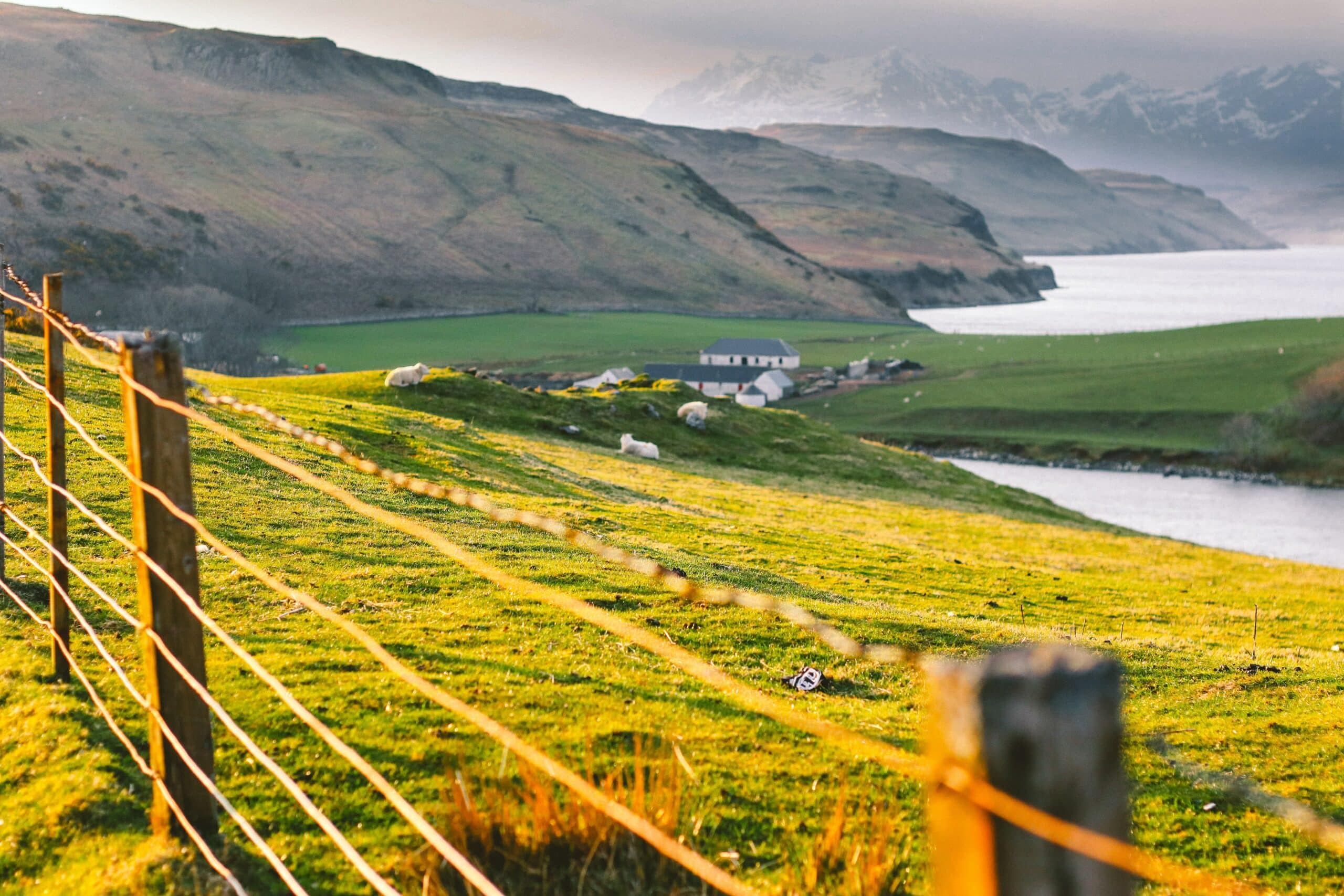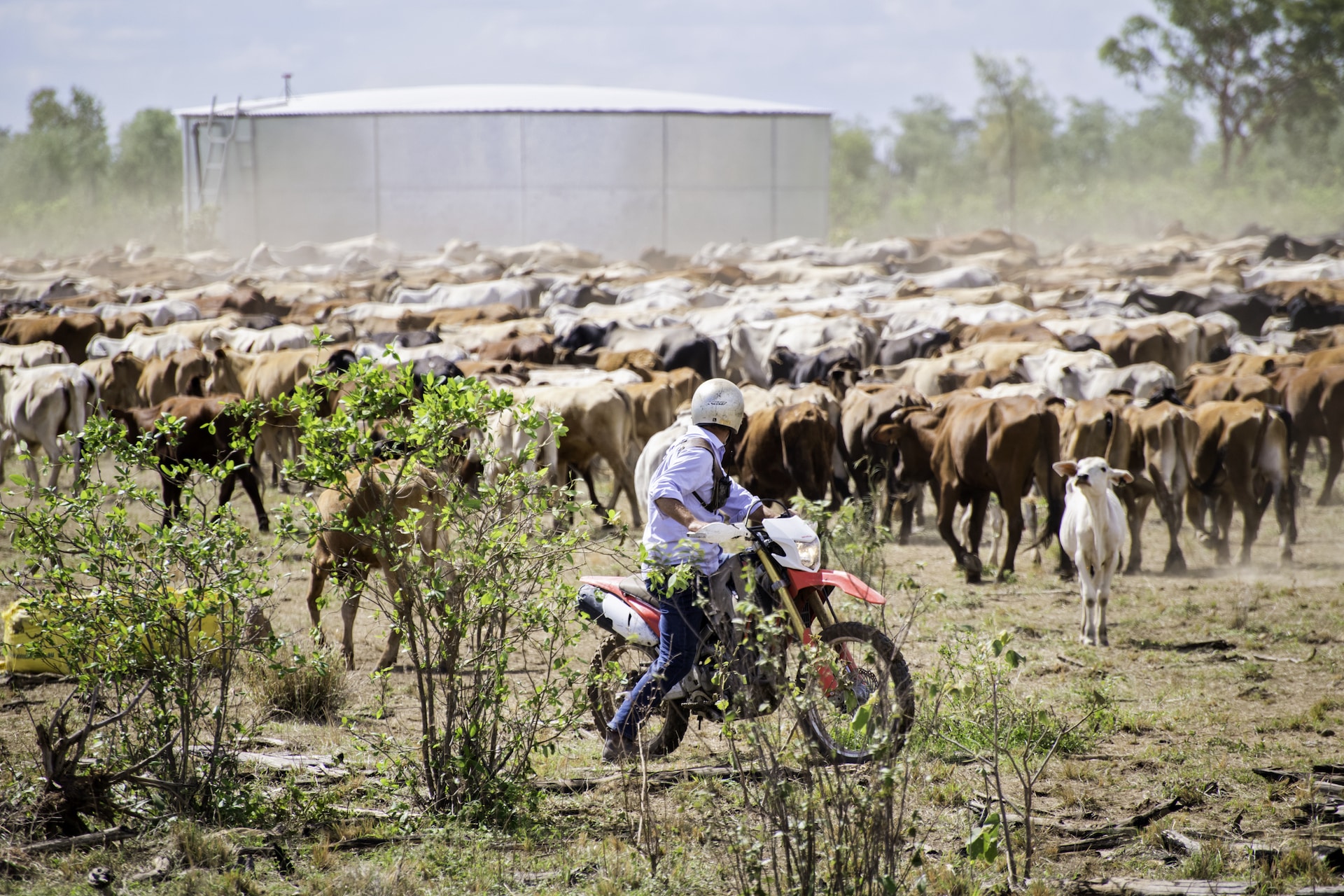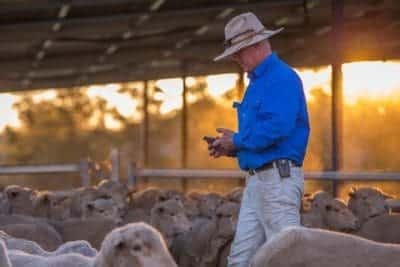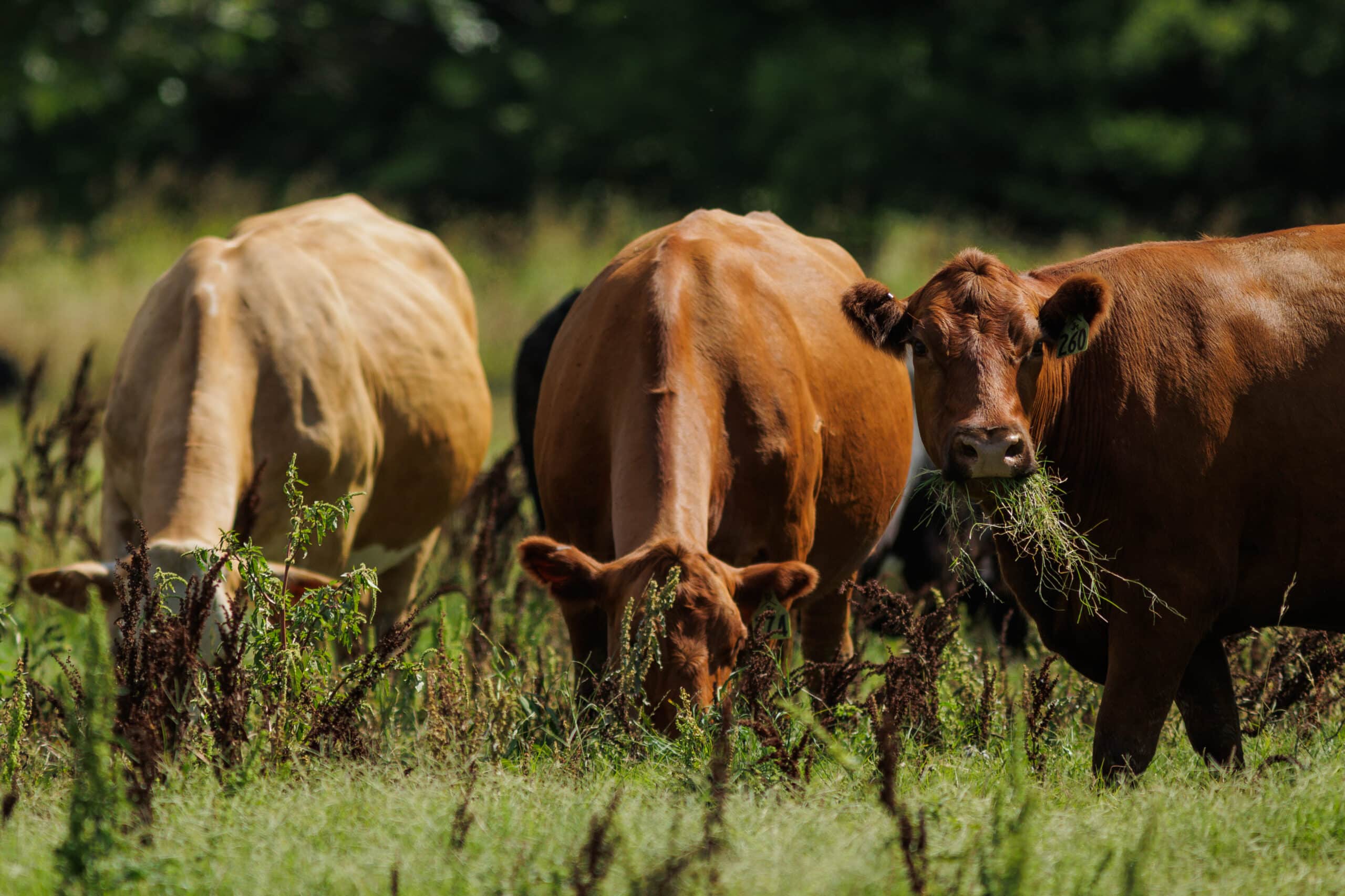Does rotational grazing really pay?

Rotational grazing involves moving livestock from one field to the next regularly. It allows grazed fields time to recover before they are grazed again. Both the grass and the soil benefit from the rest periods, and livestock can too. Intensive farming and continuous grazing may seem like it produces more outputs. However, often there are lower input costs with rotational grazing and if done correctly, the outputs will be higher than using a conventional system. But is rotational grazing really the answer?
Why should farmers switch to rotational grazing?
Rotational grazing offers farmers more control over their grazing land. They can manage the grazing severity, the length of the regrowth periods and the sward structure and supply. This in turn can increase animal performance per hectare, extend the grazing period so less time is spent indoors, and improve pasture quality. Livestock have more access to more nutritious, young shoots of grass.
Cows and sheep tend to have more space and are usually healthier animals. There is an increase in physical movement and fewer areas in the field that are heavily trodden, which could lead to mud and increased risk of diseases like foot rot.
Fields generally require fewer inputs when used in rotation. Less fertiliser is required making this style of farming more environmentally friendly. On top of that, the soil is less likely to be eroded and will hold its nutritional value better.
Farmers are sometimes hesitant to switch to rotational grazing because of the time spent moving animals from field to field. However, if the layout of the fields is efficient, rotational grazing can be far most cost effective than continuously grazed or indoor housed livestock. Feeding indoor cattle silage and applying pesticides and fertiliser can take a considerable amount of time. This can be avoided with rotational grazing.
What are the challenges with rotational grazing?
However, there are also challenges and risks when using rotational grazing. Each field must contain everything the animals need. This often means a greater cost and effort to plumb water troughs into each field and ensure there is enough shelter, adequate fencing and accessibility.
Certain areas within a field maybe frequented more by the animals such as shelter or around water troughs. This would result in the same problems experienced in continuous grazing systems whereby mud accumulates, ground is heavily trodden, and nutrients released into the soil and grazing is uneven.
There is also an increased risk of bloat developing in ruminants if they are grazed in rotation. This is because they have access to young, fresh grass and they may gorge themselves on this when they are turned out. This can be managed by planting non-bloating legumes, supplementing their grazing with extra fodder and reducing the size of the paddock or field.
What are the economic costs in implementing this type of grazing?
There are initial set up costs when it comes to rotational grazing.
Infrastructure in the form of fencing and water troughs need to be installed. These can be temporary and portable making moving livestock from one paddock to the next easier.
The production of grazing grass can cost approximately £113 per acre when considering fertilisers and sprays and the labour and machinery used to apply them. However, with better grassland management, the need for fertilisers can be reduced significantly.

What are the economic benefits of implementing this type of grazing?
Rotational grazing generally enables livestock to remain on pasture for longer. This means they are grazing more each year. When dry matter, bedding and machinery use are taken into account for housing cattle, keeping them on grass can potentially save £1.25 a day. As an example, if a herd of 100 cows remained on pasture for an extra 30 days a year, then this could save the farm £3750 each year.
And money isn’t the only thing that is saved when using rotational grazing.
Making the switch can save a significant amount of time. Moving livestock can be done as part of the daily routine such as after milking. Making hay can take up to 7 hours per acre and wouldn’t be necessary on a rotational grazing system nor would the time taken to feed it.
Reduced manure and fertiliser usage can also significantly reduce a farmer’s workload on rotational grazing systems.
As outdoor reared, rotationally grazed livestock are generally healthier than those confined indoors or on poorly managed pasture, switching to a grazing system can reduce culls for poor health from 35% of the herd to 10%. There are also less vet bills for healthier stock.
How long until rotational grazing costs are paid for?

It is difficult to give exact numbers and figures when it comes to farming because every farm is different.
However, one sheep farmer in Wales, Alwyn Phillips, recently switched from conventional grazing to rotational grazing. He estimates he can recoup the costs in under two years. His set up costs (2500m of electric fencing and 1200m of water pipe) were £341.79 per hectare (£136.72 per acre).
By switching to rotational grazing, Alwyn has been able to increase his stocking density by 25%. The increased number of ewes will bring in an extra £8,700 in gross margin for the farm.
On his new rotational grazing system, he stocks his ewes at 4 per hectare (8 per acre). This fluctuates as lambs are sold and some areas are cut for silage. But to obtain the same 25% expansion in his flock, the farmer would have had to rent an extra 8 hectares (20 acres) if using his conventional system. This is a costly option, therefore.
Achieving improved outputs from rotational grazing really relies on excellent grassland management. With 1 kilogram of dry matter of grazed grass costing a quarter of the same volume in concentrates, it makes sense to try to optimise grass growth and its nutritional value.
Who is already using rotational grazing?
According to our State of the Global Farmer Report 2023, just over half of farmers are already employing rotational grazing strategies. Haven’t read the report yet? Download it here.
To find out more about how AgriWebb can help you fulfil your grazing goals, please contact us.



